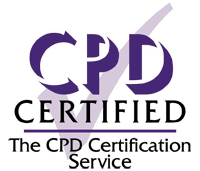1 November 2015
| Edward W Fisher
This meta-analysis looked at the reported efficacy for allergic rhinitis control of various topical sprays, particularly comparative studies. There were fewer ‘head to head’ studies than we would have hoped to exist. This review included intranasal anti-histamines, intranasal steroids and...

